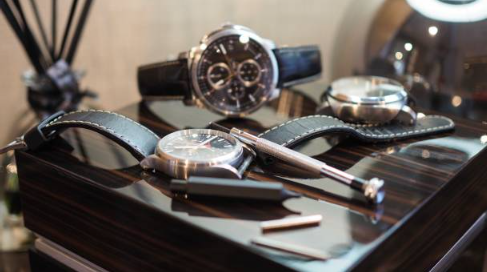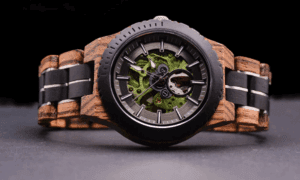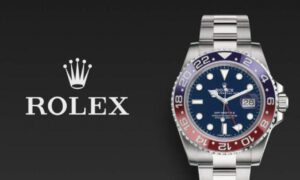Swiss watches have long symbolized craftsmanship, heritage, and uncompromising precision. From dress watches worn at formal events to rugged sports timepieces built for endurance, the world of Swiss horology offers something for everyone. Whether you’re a collector or a newcomer looking to make your first luxury purchase, this guide will walk you through everything you need to know.
Why Swiss Watches Are Revered Worldwide
The label “Swiss Made” represents a standard of excellence. Swiss watchmakers such as Rolex, Omega, Tissot, and Hamilton have refined their techniques over centuries, resulting in timepieces that combine artistry with mechanical innovation.
- Craftsmanship: Swiss movements are often hand-assembled and meticulously tested.
- Heritage: Many of these brands date back to the 19th century or earlier.
- Innovation: From chronographs to perpetual calendars, Swiss brands lead in complication development.
Comparing Swiss Brands: Tissot vs Hamilton
If you’re narrowing down your options, Tissot vs Hamilton is a common comparison made by buyers torn between tradition and modernity. Both brands are part of the Swatch Group and offer exceptional value in the entry-level luxury segment. Tissot often leans toward elegant, minimalist design with classic lines, while Hamilton is known for its robust military-inspired aesthetics and American heritage.
Each brand has unique selling points—Tissot’s Powermatic 80 movement offers an impressive 80-hour power reserve, whereas Hamilton’s Khaki Field Mechanical is celebrated for its retro styling and hand-wound movement.
Understanding Movements: Quartz vs Automatic
One of the key decisions when choosing a Swiss watch is the movement type:
- Quartz: Powered by a battery and extremely accurate. Less maintenance.
- Automatic (Mechanical): Runs on a mainspring wound by wrist motion. Offers traditional watchmaking appeal.
For those who opt for automatic watches, regular winding and care are essential, especially if the watch isn’t worn daily.
Watch Winders: A Must for Automatic Timepieces
Automatic watches need to be kept in motion to maintain their accuracy. A watch winder is an essential tool for collectors or anyone who rotates multiple watches.
For Tissot PRX owners, the Tissot prx watch winder is a worthwhile accessory that ensures your timepiece remains wound and ready to wear. It prevents lubrication from settling and maintains the movement’s integrity over time.
Key Features to Look for in a Swiss Watch
When selecting your watch, consider these attributes:
- Material: Stainless steel, titanium, gold, or ceramic
- Dial type: Analog, skeleton, chronograph
- Water resistance: Ranges from 30m (splash-resistant) to 300m+ for divers
- Crystal: Sapphire is preferred for its scratch resistance
- Bracelet or Strap: Metal, leather, rubber, or NATO options
Swiss Watch Maintenance Tips
Owning a Swiss timepiece comes with responsibilities:
- Servicing: Recommended every 4–6 years for mechanical watches
- Storage: Use a watch winder or case
- Cleaning: Wipe with a microfiber cloth and avoid exposure to magnetic fields
Final Thoughts
Buying a Swiss watch is not just about keeping time—it’s about owning a piece of history, engineering, and style. Whether you’re drawn to the refined design of a Tissot or the rugged charm of a Hamilton, your perfect timepiece awaits.
Take time to explore brand histories, understand mechanical nuances, and invest in tools like winders to protect your purchase. In doing so, you’ll ensure your watch not only tells time—but tells your story.



































